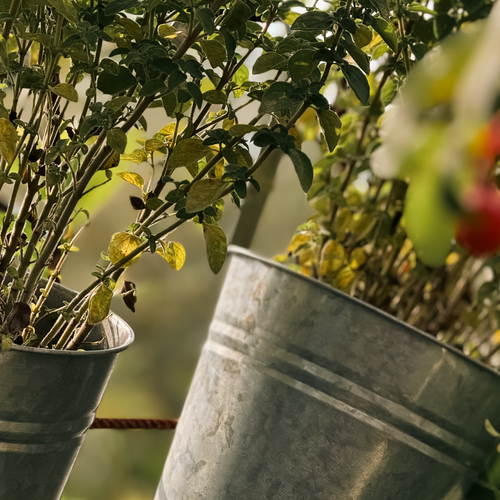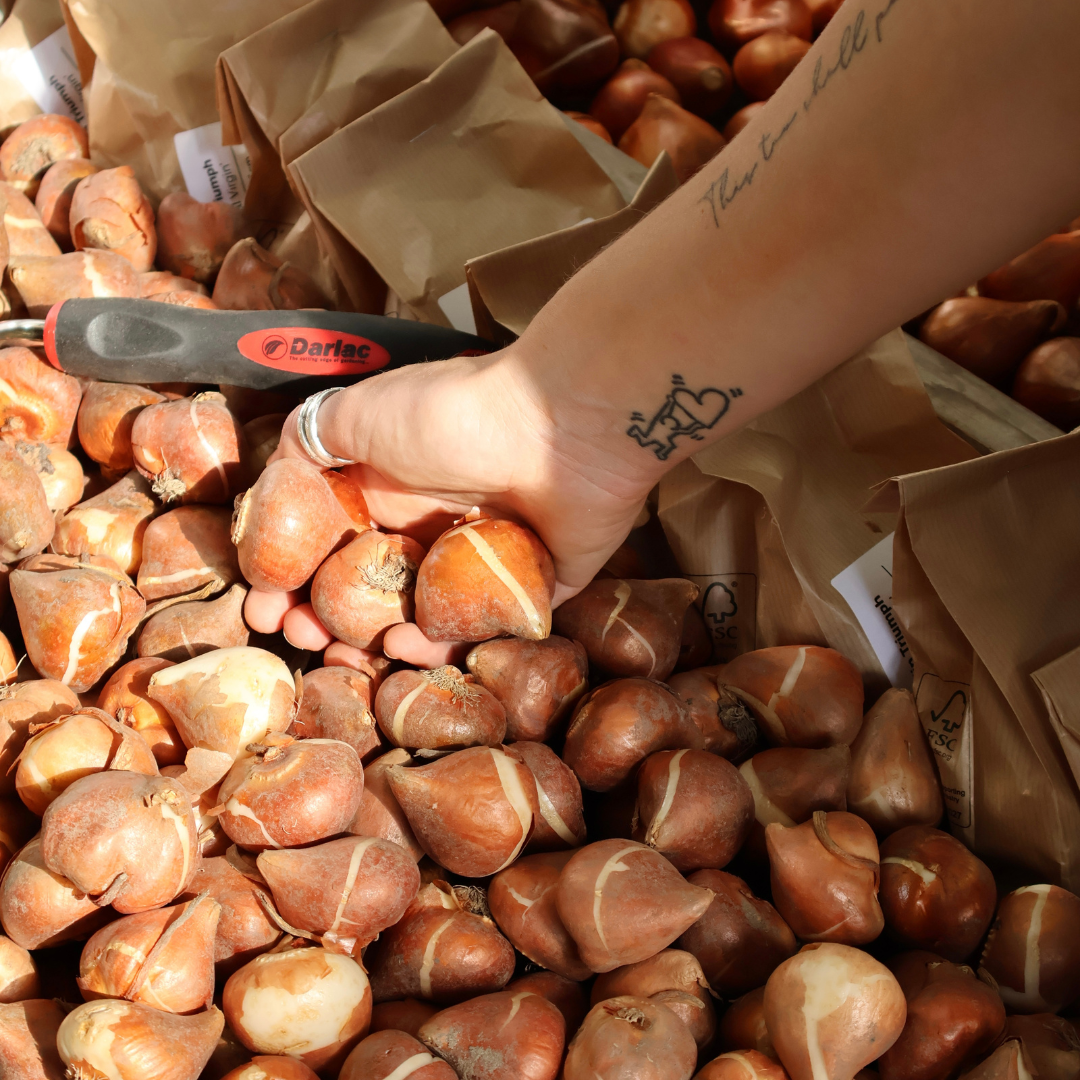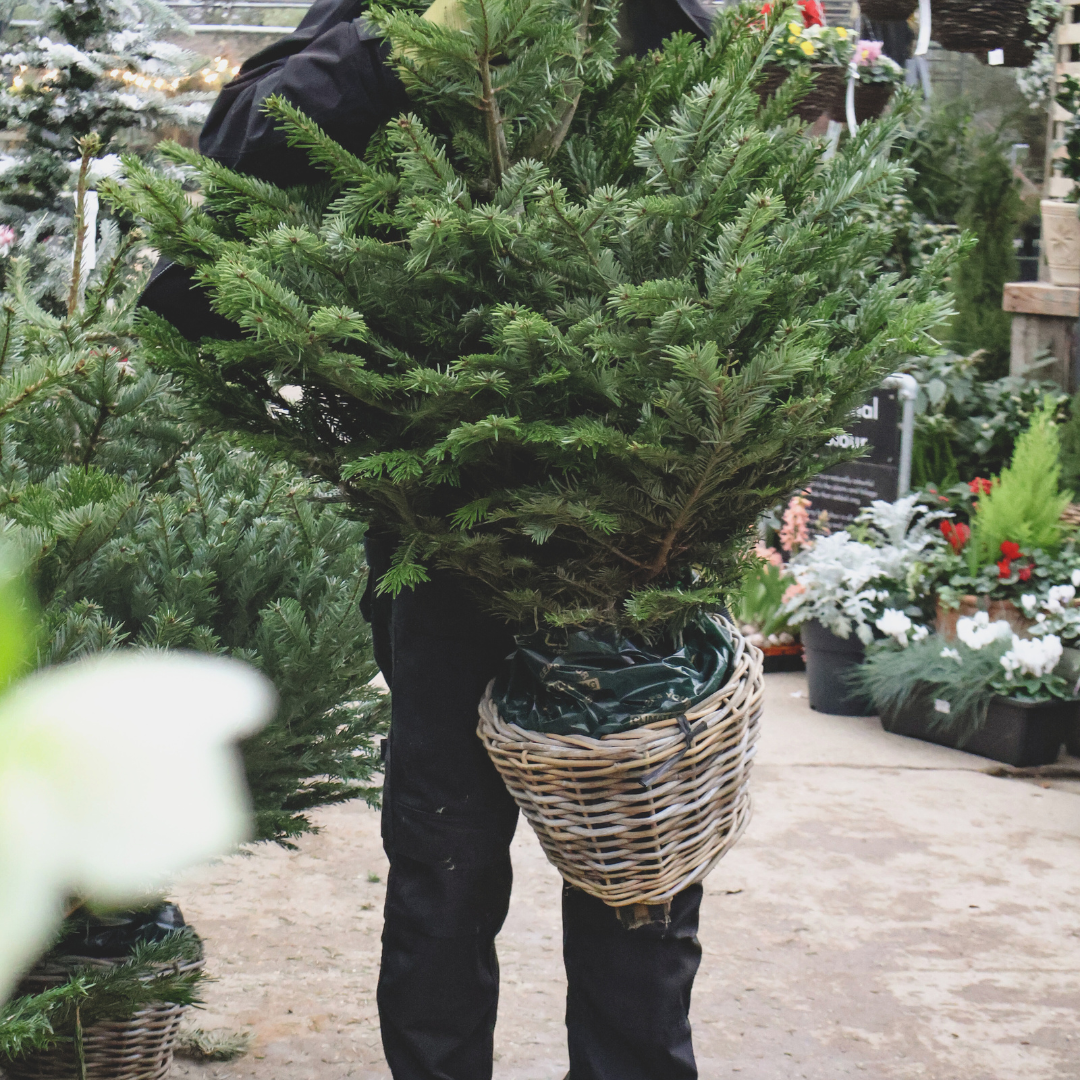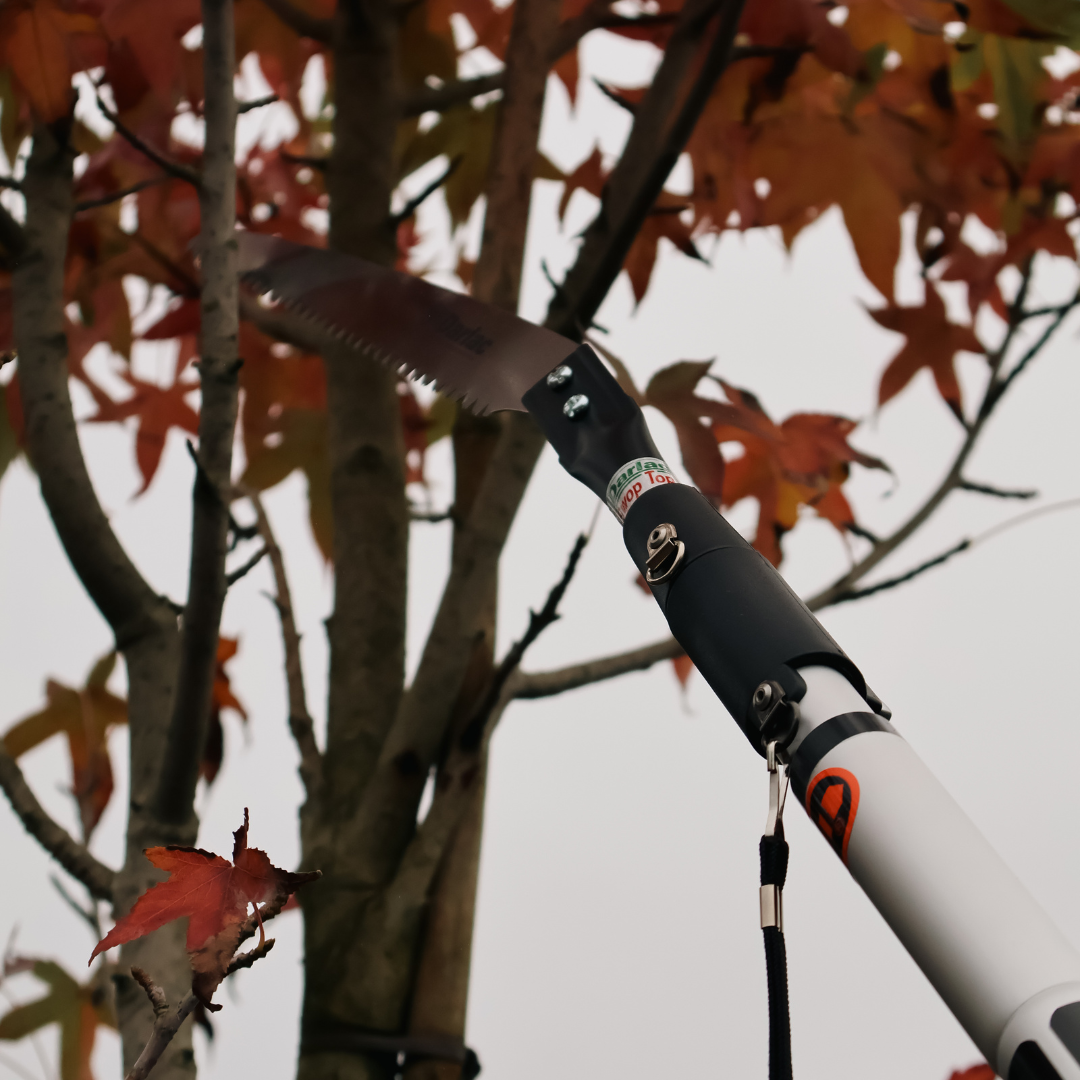How to Grow Your Own Herbs Indoors This Winter

Winter is here, but that doesn't mean your green thumb has to hibernate. Growing your own herbs indoors during the colder months is a rewarding and practical way to add fresh flavours to your meals while keeping your gardening spirit alive. Plus, indoor herbs can improve the air quality in your home and provide a natural way to boost your mood. Here’s everything you need to know about growing your own herbs indoors this winter.
Why Grow Herbs Indoors in Winter?
Fresh Ingredients Year-Round: Nothing beats the taste of fresh herbs, and growing them indoors means you can have them on hand all winter long. Whether it’s a sprinkle of basil on a pizza or a dash of parsley in a soup, fresh herbs elevate your dishes.
Health Benefits: Indoor herbs like mint, basil, and oregano can purify the air in your home. Plus, having plants indoors can help reduce stress and increase productivity.
Easy and Low Maintenance: Many herbs are easy to grow, even for beginners. Most herbs require minimal care, making them ideal for indoor gardening, especially during the busy winter months.

Best Herbs to Grow Indoors This Winter
When selecting herbs to grow indoors, you’ll want to choose varieties that thrive in low-light conditions and cooler temperatures. Here are some great options:
Basil: A popular herb known for its aromatic leaves. Basil loves warmth and bright light, so place it near a sunny window.
Mint: Mint is perfect for growing indoors. It can tolerate lower light levels and doesn’t require too much attention.
Parsley: Parsley grows well indoors and can tolerate cooler temperatures. It prefers medium light, so it works well near windows.
Chives: These hardy herbs are easy to grow indoors and add a mild onion flavour to dishes.
Thyme: A low-maintenance herb that thrives in sunny spots and requires only moderate watering.
Cilantro: Cilantro is great for indoor gardening but does need plenty of light, so be sure to place it somewhere it can get about 6 hours of sunlight a day.
Steps to Growing Herbs Indoors
Choose the Right Containers Select containers with drainage holes to prevent waterlogging. You can use traditional pots, or even get creative with recycled containers. Just be sure there’s enough space for the roots to grow.
Pick the Right Location Herbs need light, so place your plants near a south-facing window where they can get 6–8 hours of natural light a day. If natural sunlight is limited during the winter months, consider investing in grow lights to ensure your herbs get enough light to thrive.
Use Quality Soil Good soil is essential for healthy herb growth. Opt for a high-quality potting mix designed for indoor plants. Avoid using garden soil, as it can compact in pots and doesn’t drain well. You can also add some perlite or sand to the mix to help with drainage.
Water Wisely Herbs generally prefer slightly dry conditions, so make sure not to overwater. A good rule of thumb is to let the top inch of soil dry out before watering again. Watering early in the day allows the plants to dry off before the evening to avoid mildew growth.
Maintain the Right Temperature Herbs generally prefer temperatures between 65°F and 70°F (18°C to 21°C). Keep your herbs away from cold drafts or hot heating vents, which can stress the plants. Try to keep them in a consistent temperature range for the best growth.
Fertilize Occasionally Indoor herbs don’t need heavy feeding, but a balanced liquid fertilizer once a month will help keep them healthy. Over-fertilizing can lead to lush foliage but poor flavour, so be sure to follow the instructions on the fertilizer packaging.
Prune Regularly Regular pruning will help keep your herbs healthy and encourage new growth. For leafy herbs like basil or mint, pinch back the tips to promote a bushier plant. Make sure to remove any dead or yellowing leaves to keep the plant strong.
Harvesting Once your herbs are established, you can start harvesting them. For leafy herbs like basil and mint, take leaves from the top to encourage continued growth. With woody herbs like thyme or rosemary, snip sprigs from the outer edges of the plant.

Tips for Success
Humidity: Indoor air can be quite dry during the winter, especially with heating systems running. To maintain proper humidity, place a shallow tray of water near your plants or mist them lightly with water every few days.
Avoid Overcrowding: Don’t try to grow too many herbs in a single container. Allow each plant enough space to grow and get sufficient light. You can grow multiple herbs in separate pots or group plants with similar light and water needs together.
Rotate Your Herbs: Rotate your pots every few weeks so each side gets equal exposure to light. This will help your herbs grow evenly and prevent them from leaning toward the light source.
Enjoying Your Indoor Herb Garden
Growing your own herbs indoors during the winter doesn’t just provide you with fresh, aromatic ingredients—it’s also a satisfying and calming activity. Whether you’re sipping herbal tea made from your own mint or adding a dash of freshly chopped basil to your meal, the joy of cooking with your homegrown herbs is a reward in itself.
Winter is the perfect time to start your indoor herb garden, so why not give it a try? With a little care and attention, you’ll be able to enjoy the flavour and health benefits of fresh herbs all season long. Happy gardening!




